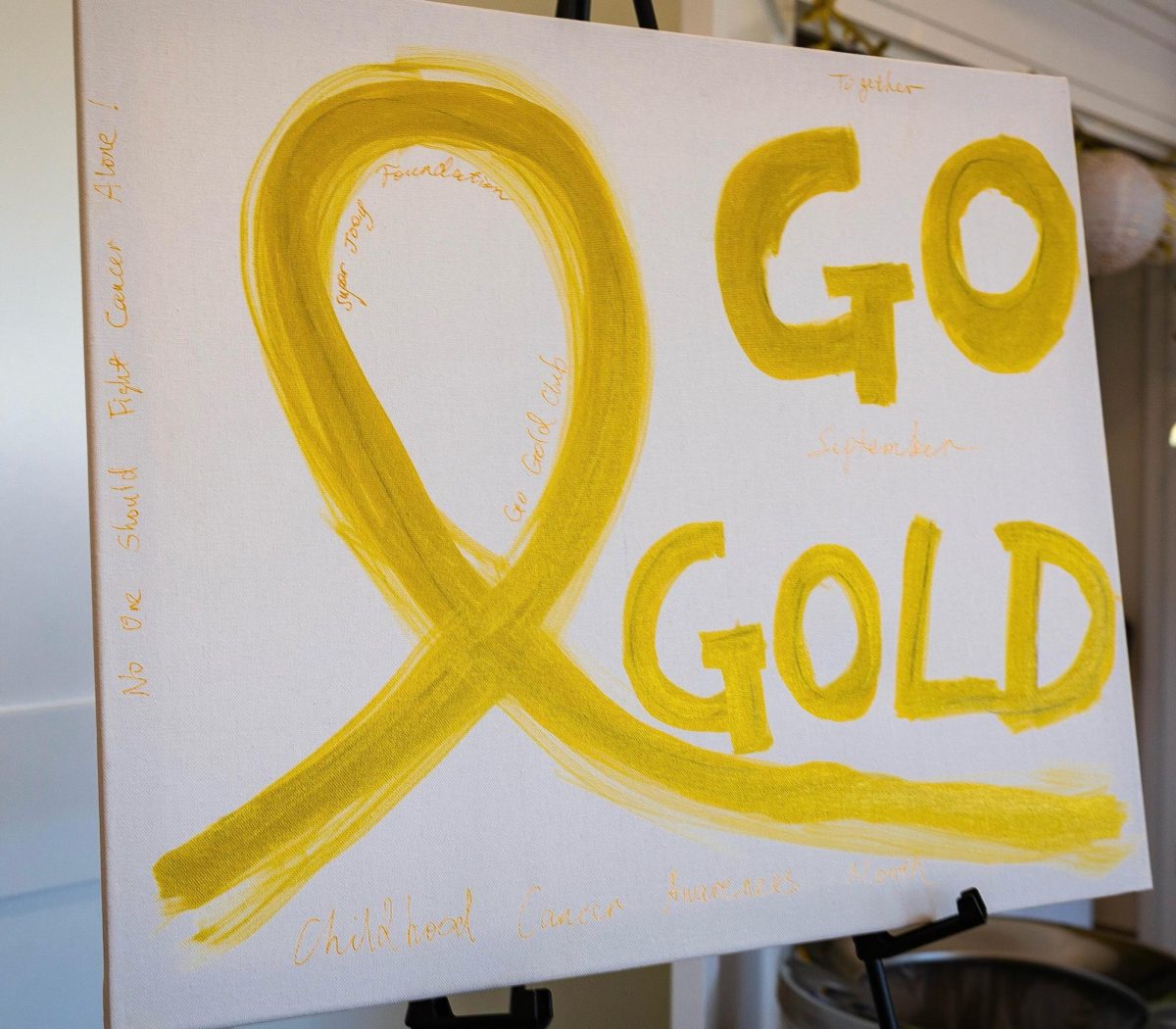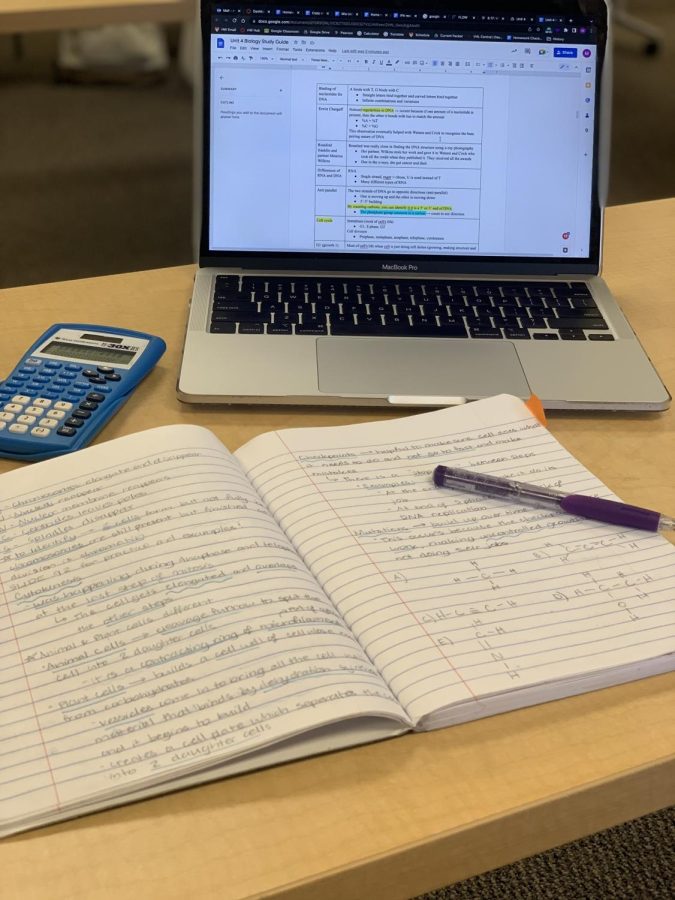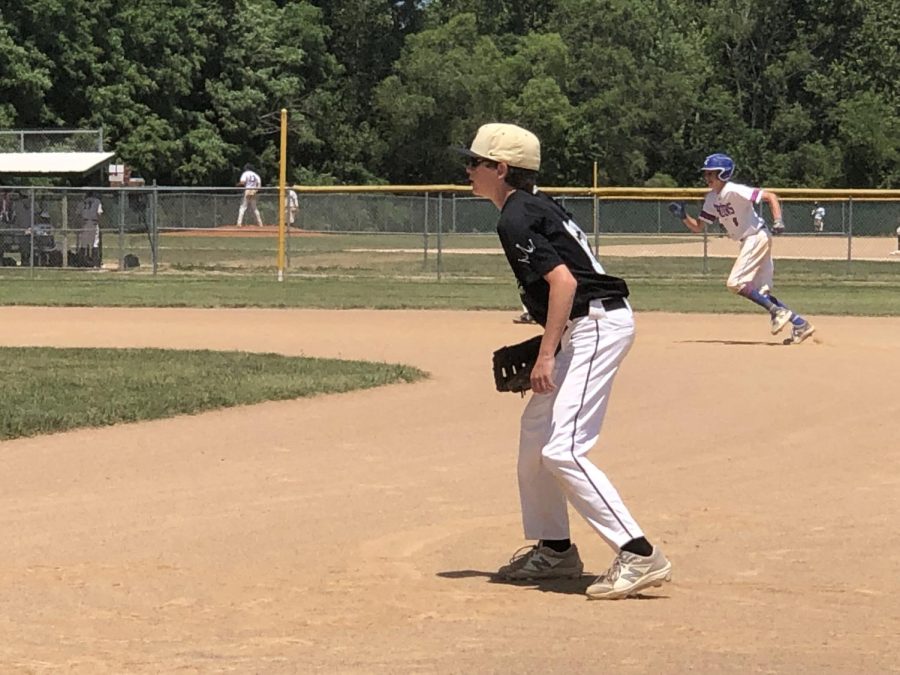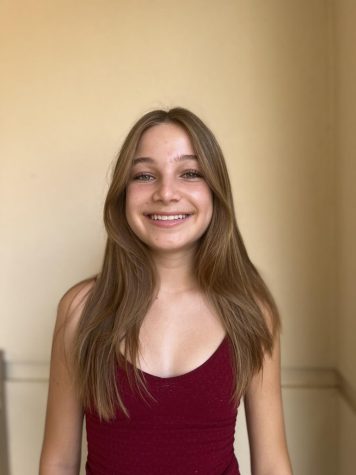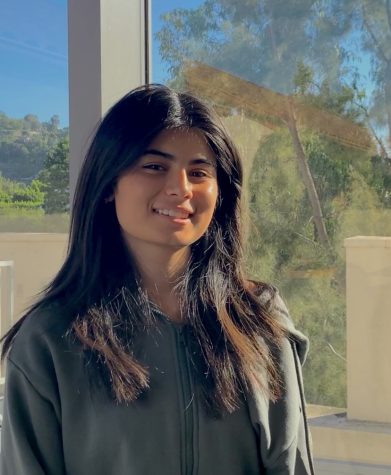Opinion by Lyla Kavanagh ’26 & Ellika LeSage ’26
To solve problems arising between students, Harvard-Westlake created a peer mediation program to alleviate the stress of friendships. In May, Harvard- Westlake debuted this new program to offer helpful student solutions to the many problems that arise between friend groups. About 20 students signed up to train in the mediation of interpersonal issues. They were trained on ways to find solutions to disagreements between students by asking questions and facilitating conversation. The Peer Mediation process is simple and easy. When a problem arises or gets to the point where someone else needs to step in, students may fill out a form referring the person they are having a conflict with to peer mediation. The Peer Mediation Coordinator starts by emailing the person who initially filled out the form and schedule a zoom or meeting to discuss what is happening and make sure that it is not something that needs to be sent to administration.
Next, a Peer Mediation Coordinator sends an email to the other party in the disagreement. This student is informed that someone referred them to peer mediation, and that while they are allowed to decline peer mediation with no questions asked, peer mediators around them are dedicated to helping students find solutions to their disagreements. This other party will then meet with a Peer Mediation Coordinator and be informed of the peer mediation process. Afterwards, a peer mediator is found and a date for mediation is set. Before setting up a meeting, participants are also asked if there are any peer mediators that would have a conflict of interest were they to mediate a disagreement.
Once a meeting date has been set, both peers involved in the mediation meet with two mediators. Another adult is typically present in the room, since peer mediation is still a very new program. Both peers have to sign a contract in which they agree to maintain confidentiality, a respectful environment, and commit to finding a solution to their problem by talking openly and honestly. Peer mediators then talk to both students through meaningful and productive conversation. They don’t insert themselves into the situation or try to take sides, but rather help both students reach a solution through guidance and asking questions. They are also bound to confidentiality, and unless students talk about hurting themself or others, nothing said during peer mediation leaves the room. Peer mediators are dedicated to the students they are helping, and believe in their cause.
“As a peer mediator, I want other students to have a place where they can feel heard and related to. Having another student just talking it out with you rather than an adult removes the scary interrogation aspect.” said Samaya Sayana-Manchanda ’26.
In order to learn more about the peer mediation process, Spectrum reporters Ellika LeSage ’26 and Lyla Kavanagh ’26 went undercover and signed up for peer mediation as two friends who were fighting and needed an unbiased opinion. While we didn’t actually have a problem in the first place, by going through peer mediation, we were able to learn more about the process of applying and talking through problems. We learned that while many students may scoff at the idea of peer mediation, it’s a valuable resource on campus that seemed like it may be proved useful should any students have an actual problem with each other. Overall, from our experience and research of peer mediation, we recommend this for any students struggling with problems they have with other students at Harvard-Westlake.

